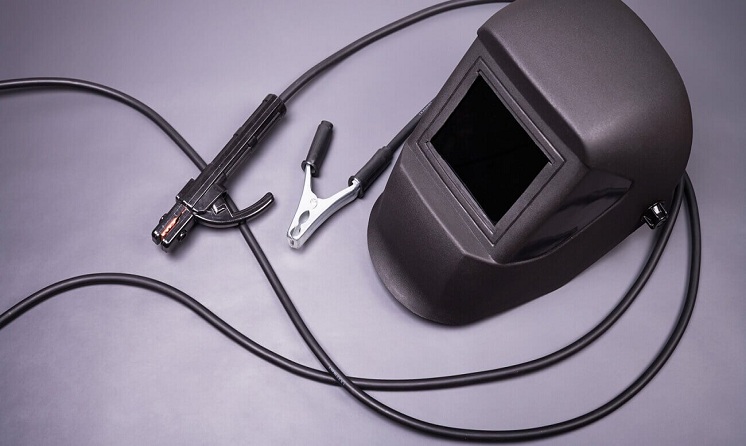Welding Cable Types: 8 Tips To Select The Ideal Cable For Your Welding Needs

With the evolution of manual welding to electric arc welding, welding cable have become central to the welding process. They play a significant role in the transmission of power from the welding machine to the welding tool. Selecting the right type of welding cable is crucial to achieve optimal performance and ensure safety in welding operations.
To select the right welding cable, you need to first understand what they are and be aware of the different types of cables available. This will give you clarity about the different parameters you need to consider when you’re shopping for the right welding cable online.
8 Tips to Select a Suitable Welding Cable
Selecting the ideal welding cable can elevate the quality of your welds and make the process safer and more efficient. Here are some actionable tips to help you choose the right welding cable for your welding project.
-
Consider the Welding Process
The electrical cable requirements vary for different welding processes. For example, MIG welding typically requires higher currents than TIG welding. Understanding the specific needs of the welding process you plan to carry out can help you choose a welding cable that can handle the required levels of electric current.
-
Determine the Appropriate Cable Size
The size of the welding cable is determined by its current-carrying capacity, which is indicated by the American Wire Gauge (AWG) rating. Ensure that the welding cable you choose can handle the maximum current output of your welding machine without overheating or causing voltage drops.
-
Evaluate Flexibility and Maneuverability
Welding cables should also be flexible enough to allow easy movement during welding operations. Look for cables with a high strand count and a highly flexible insulation material to ensure maneuverability without compromising on durability.
-
Consider the Insulation Material
The insulation material of the welding cable should be capable of withstanding the high temperatures and mechanical stress created during the welding process. Common insulation materials include rubber, neoprene, or thermoset compounds. Choose a cable with insulation that is resistant to heat, abrasion, oils and chemicals for optimal results.
-
Check for Safety Certifications
Ensure that the welding cable you select meets the necessary safety standards and certifications prevailing in your country. These certifications indicate that the cable has undergone rigorous testing and complies with safety requirements. So, you can rest assured that you will not encounter any issues with safety during the welding job.
-
Assess the Durability and Longevity
Welding cables are subjected to harsh conditions, including exposure to heat, sparks and physical stress. This is why you need to look for cables that are designed to be durable. Ideally, welding cables that come with features like rugged construction, reinforcement at stress points, and resistance to wear and tear fit the bill perfectly.
-
Consider Environmental Factors
If you work in extreme environments or outdoor settings, consider the impact of factors like weather, UV radiation and oil or chemical exposure on the welding cable. Choose a cable that is specifically designed to withstand these environmental conditions, so you do not have to replace them very often.
-
Seek Expert Advice
Lastly, if you are unsure about what the most suitable welding cable is for your specific needs, you can always consult with experts in this field. They include welding equipment suppliers, manufacturers, or other experienced welders you may know. They can provide valuable insights and recommendations based on their expertise and knowledge.
Conclusion
Keep in mind that selecting the right welding cable is essential for optimal welding performance. It also ensures safety during the welding process and helps you achieve high-quality welds. So, invest in high-quality welding cables that meet your specific welding requirements today, and improve the efficiency and success of your welding operations.










